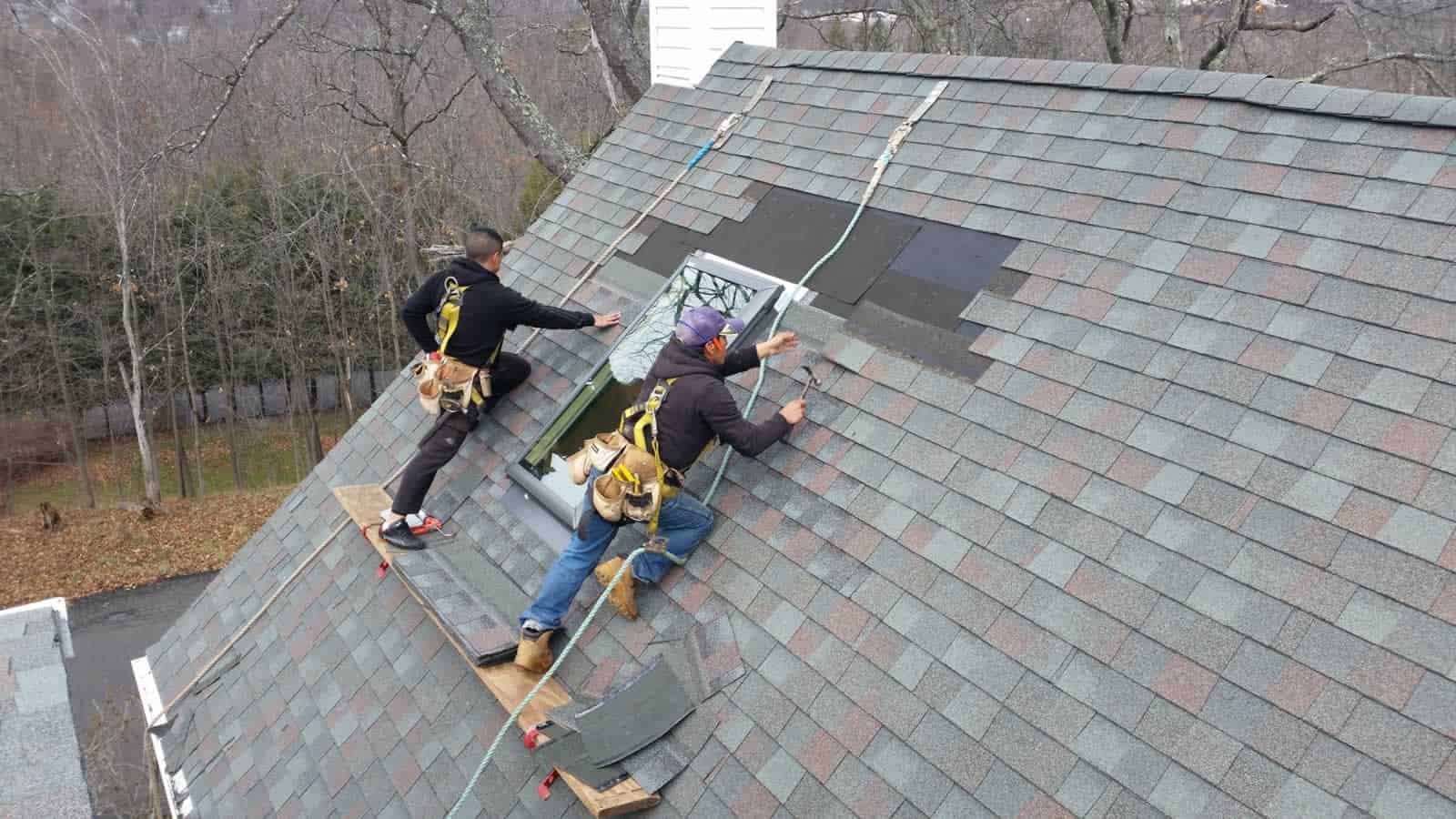The amazing Benefits of Regular Top Upkeep Plans

Maintaining your roof is one of the most crucial aspects of homeownership that often is overlooked. Many homeowners overlook the importance of routine roof maintenance practices and the considerable benefits they can bring. A thoroughly maintained roof not only improves the overall aesthetic of your home but also prolongs its lifespan, helping you prevent expensive repairs or premature replacement. With consistent inspections and swift interventions, you can catch issues before they escalate, ensuring that your roof remains a strong shield against the environment.
Understanding when it’s time for a replacement roof or being aware how to address common roofing problems is crucial for all homeowner. From recognizing signs that indicate your roof needs repairs to choosing between a DIY solution and hiring a professional, being knowledgeable can save you both hours and money. As we discuss the benefits of consistent roof maintenance, we will also touch on multiple topics, including the durability of various roofing materials, the importance of regular inspections, and how to select the right roofing contractor for your requirements. By staying proactive with your roof care, you not only safeguard your investment but also enhance the coziness and effectiveness of your home.
Vital Ceiling Upkeep Techniques
Consistent roof maintenance is crucial for increasing the durability of your roof and avoiding expensive repairs down the road. One of the most effective approaches is to arrange semi-annual inspections. In these inspections, a certified roofer can spot any potential issues such as unsecured shingles, breaks, or indications of deterioration. Catching these problems early enables timely repairs and can lessen the chance of greater damage caused by water intrusion or compromised structures.
Another key practice is to ensure that gutters and downspouts are unclogged of debris. Clogged gutters can lead to accumulation of water on the roof, increasing the chances of leaks and moisture damage. Homeowners should make it a focus to maintain their gutters at least two times a year, especially before winter and after heavy storms. Additionally, cutting overhanging branches can reduce roof damage caused by debris falling, as well as lower the risk of mildew from shade.
Maintaining proper attic ventilation is also vital for the lifespan of your roofing components. Poor ventilation can hold heat and moisture in the attic, leading to issues such as icicles in winter and decay of roofing materials. Ensuring that Roof repair Kearney are not obstructed and setting up exhaust fans if needed can help regulate temperature and humidity levels, resulting in a healthier roof and eventually shielding homeowners from costly repairs and roof rework.
Indicators That Suggest It's Time for a Roofing Replacement
As your roof ages, specific signs will appear that indicate it may be time to consider a renewal. One of the most obvious signs is the existence of substantial leakages or water stains on your ceilings and walls. If you see consistent leaking during rainy weather or moisture marks accumulating, it implies that your roof is no more effectively safeguarding your home from leakage. Ignoring these issues can lead to more severe structural damage and costly repairs down the line.
Another indicator to watch for is curling, missing, or sagging shingles. If your shingles appears distorted or if multiple shingles are missing from your roof, it jeopardizes its capacity to shield your home from the elements. Additionally, if you can notice light through the boards of your attic, it shows that your roof may have serious damage that requires immediate attention. A thorough visual inspection can help homeowners identify these problems before they escalate.
Lastly, consider the overall age of your roof. Most roofing materials have a finite lifespan; for example, asphalt shingles typically last around 20 to 25 years, while metal roofs may last 40 years or longer. If your roof is approaching or has surpassed its expected lifespan, it is wise to seek advice from a roof professional for an evaluation. Investing in a renewal before serious problems arise can prevent homeowners from significant damage and higher costs in the long run.
Grasping Rooftop Components and Their Longevity
As selecting a roofing material, it's essential to consider both robustness and longevity. like this as asphalt shingles usually last around 15-30 years, contingent upon the grade and setup. Metal roofing, recognized for its durability, can endure between 40-70 years, making it a favored option for property owners looking for a long-term investment. Ceramic roofs, while in the beginning more expensive, can also offer outstanding lifespan, frequently exceeding 50 years with proper maintenance.
The endurance of a rooftop type is affected by various factors, including the climate, maintenance frequency, and installation practices. As an example, roofs in wet or coastal areas may experience quicker deterioration due to humidity and salt influence. Understanding these influences helps property owners make informed decisions about types and necessary care practices to increase the longevity of their roofing.
Homeowners should also take into account the advancements in rooftop technologies and sustainable options, such as living roofing or solar roofing, which not just offer lifespan but also eco-friendliness benefits. Knowing how much time various rooftop materials last can assist in planning budget allocations for substitution and care, guaranteeing the roof stays a defensive shield for the house for years to follow.

